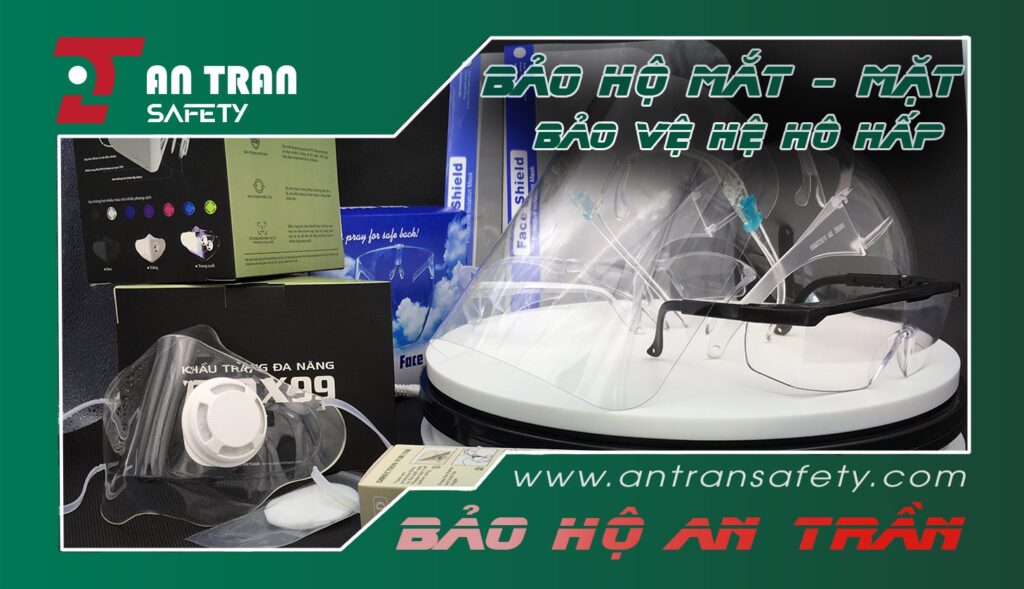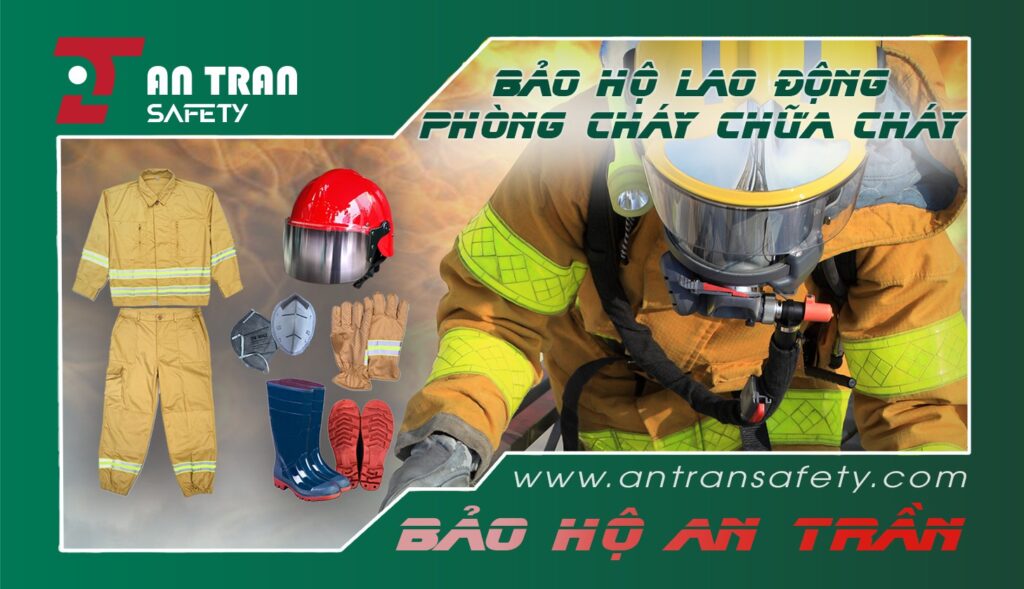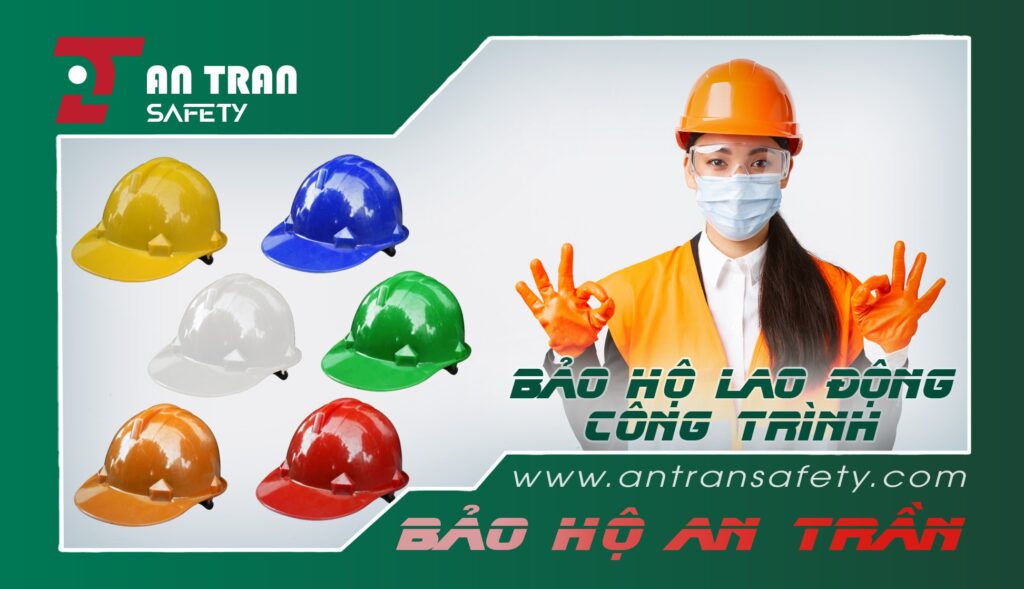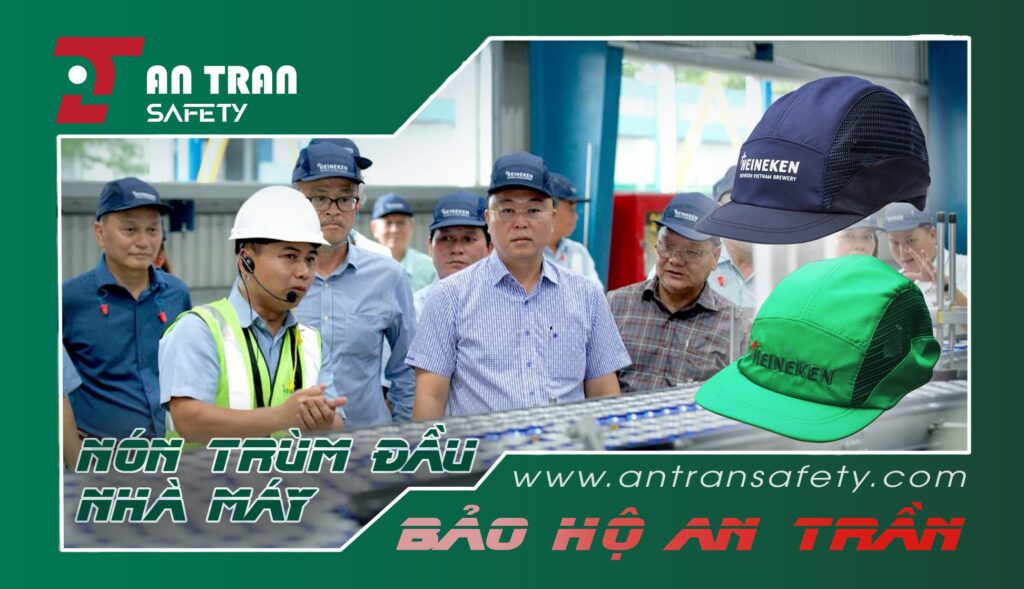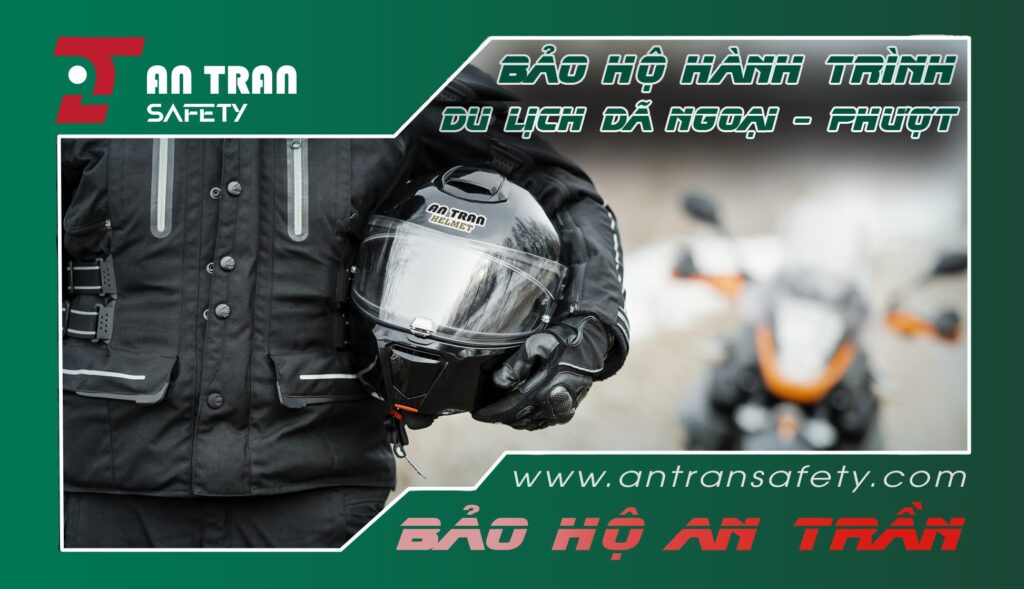1. What is chemical resistant clothing?
Chemical protective clothing, also known as chemical protective clothing, is also known as Chemical Protective Clothing. These are costumes used to protect the safety of workers from exposure to toxic chemicals while working.
What is chemical resistant clothing?
Chemical resistant clothing is considered a necessary protective layer to ensure chemical safety. However, there is no material that can permanently prevent chemical penetration, so it cannot be completely replaced with more proactive measures such as technical control.
2. The role of chemical resistant clothing
Chemical resistant clothing plays an important role, the main use is to ensure the safety of workers in harsh working environments, often exposed to chemicals. These clothes minimize the penetration and negative effects of chemicals on human health. For each specific industry and each different type of chemical, protective clothing has different designs and characteristics to meet strict requirements and high standards to ensure chemical safety.
Therefore, when buying chemical-resistant clothing, you need to consider the level of protection needed to choose a full set of protective clothing. Parts of protective clothing include:
- Protection cloth.
- Respiratory protection: Breathing equipment, gas masks.
- Head protection: Helmet.
- Hearing protection: Earplugs.
- Eye protection: Face shield, safety glasses.
- Glove.
- Safety shoes, protective boots.
In addition to anti-chemical properties, this outfit also has the ability to prevent infection, anti-static, and limit dust…
3. Protection levels of chemical resistant clothing
According to European standards – EPA has classified chemical protective clothing into four levels, with A being the highest level of protection and D being the lowest level of protection. These levels are based on the user’s level of skin protection and respiratory protection.
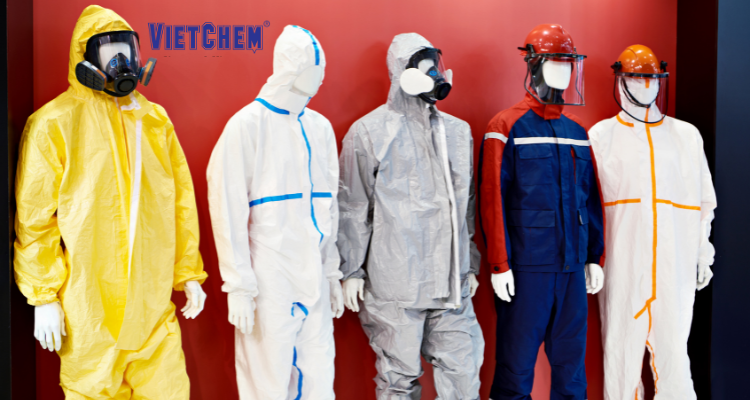
Classification of chemical protective clothing
3.1 Level A
This is the highest level of skin and respiratory protection.
The outfit consists of a fully enclosed, airtight suit with respiratory protection including a breathing apparatus (SCBA) or respirator. In addition, an internal radio intercom, helmet, boots and gloves are included. Level A chemical resistant clothing is used when protection from vapors and liquids is required.
3.2 Level B
The highest level of respiratory protection with slightly reduced skin protection compared to level A.
Includes chemical-resistant clothing that may or may not be fully enclosed, combined with a self-contained breathing apparatus (SCBA) or respirator. May include radio communications, head protection, face shield, boots and gloves.
Used when the risk of exposure to chemical vapors is reduced but there are concerns about respiratory exposure.
3.3 Level C
Reduced ability to protect the respiratory tract along with reduced ability to protect the skin.
Includes a liquid splash suit (coveralls) combined with an air filtering mask. The uniform may also include radio communications, head protection, visor, boots and gloves.
Used when reducing the risk of skin exposure to chemicals but are concerned about airborne contaminants.
3.4 Level D
Lowest level of protection required.
The uniform includes standard protective clothing, face shield or safety glasses, gloves and boots.
Can be used in areas where there is no possibility of chemical splashes to workers and no contaminants that could harm the respiratory tract.
4. How to choose the right chemical resistant clothing
Choosing the right chemical-resistant clothing suitable for the nature of the job is very important. Not only do they ensure safety for workers, but they also help work proceed smoothly and flexibly. Notes to help choose the most perfect chemical-resistant clothing include:
- Learn about the type of chemical used: About the state of existence (solid, liquid or gas), physical and chemical properties of the chemical
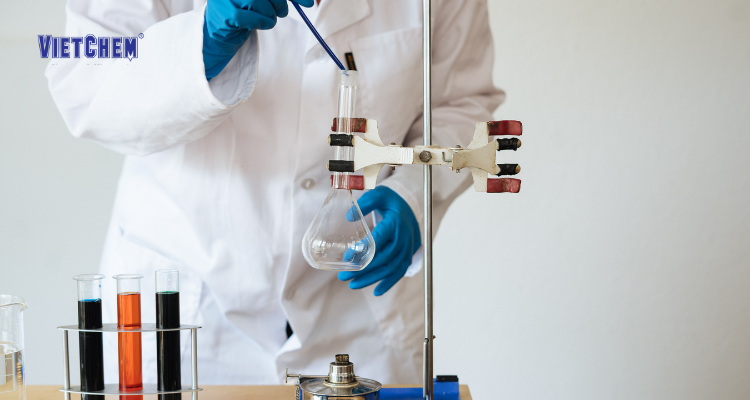
Choose protective clothing depending on the type of chemical
- Consider the nature of work and frequency of exposure to chemicals; Pay attention to which parts of your body may be exposed to chemicals while working.
- Environmental temperature is a matter for chemicals.
- Thickness of chemical protective clothing: Choose chemical protective clothing that is as thick as possible. When increasing the thickness of the fabric layer, the time it takes for the chemical to penetrate will be longer. However, then the clothes will be quite bulky, making it difficult to move and hold. Especially when working with chemicals, higher precision is required. Therefore, you should choose chemical-resistant clothing with the necessary thickness appropriate to the exposed chemicals.
- Pay attention to the fabric material of chemical-resistant clothing: Regular textiles will not be able to protect the body against chemical penetration. Normally, to produce chemical-resistant clothing, polymer fabric will be chosen. Therefore, when choosing a product, users need to check the type of fabric to see if it meets their requirements?
- To choose the best chemical-resistant clothing, you should test the clothing in an environment where you work with that chemical. From there, we have an accurate basis for technical specifications to choose the safest protective clothing to help protect workers’ health.

